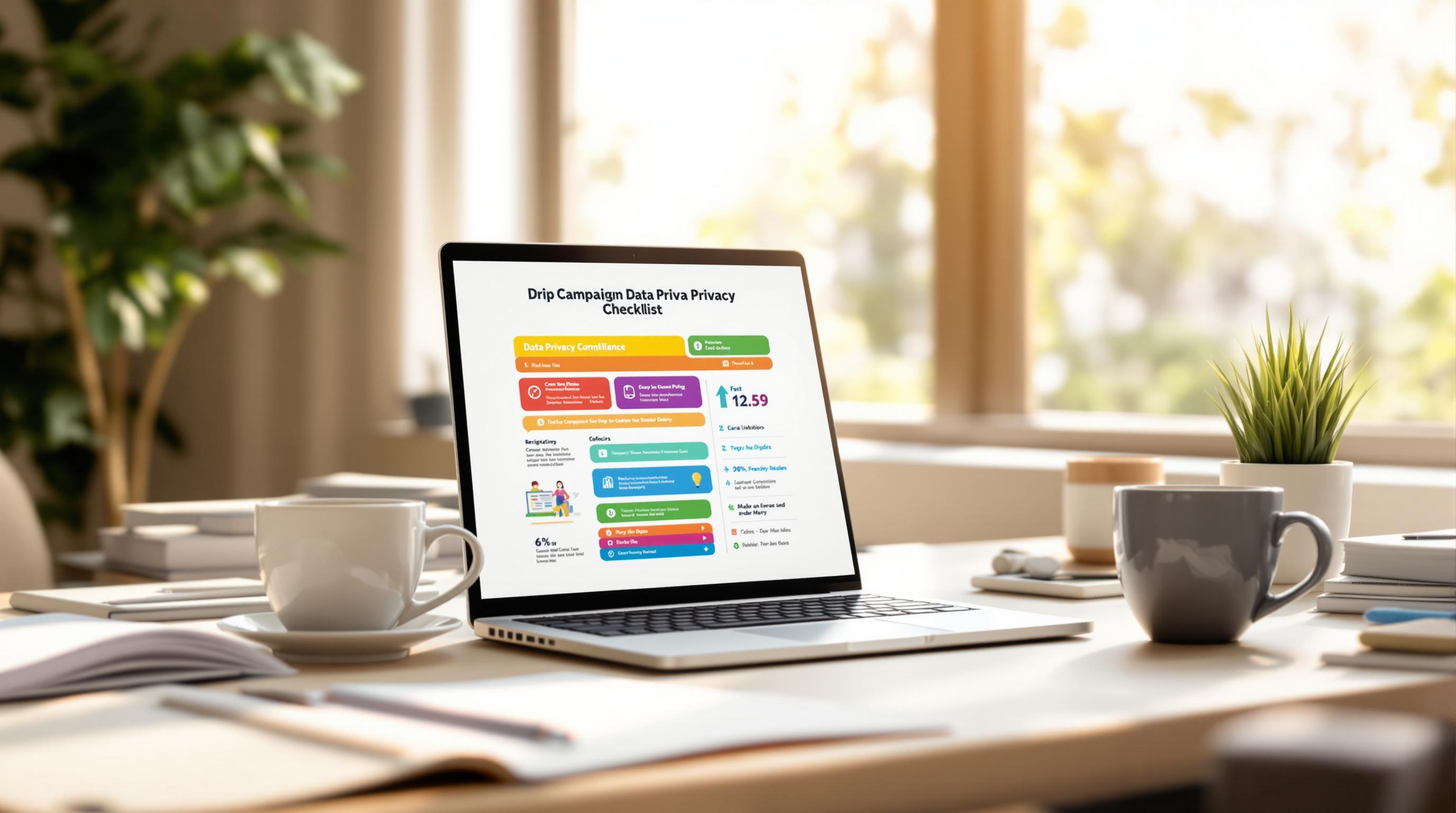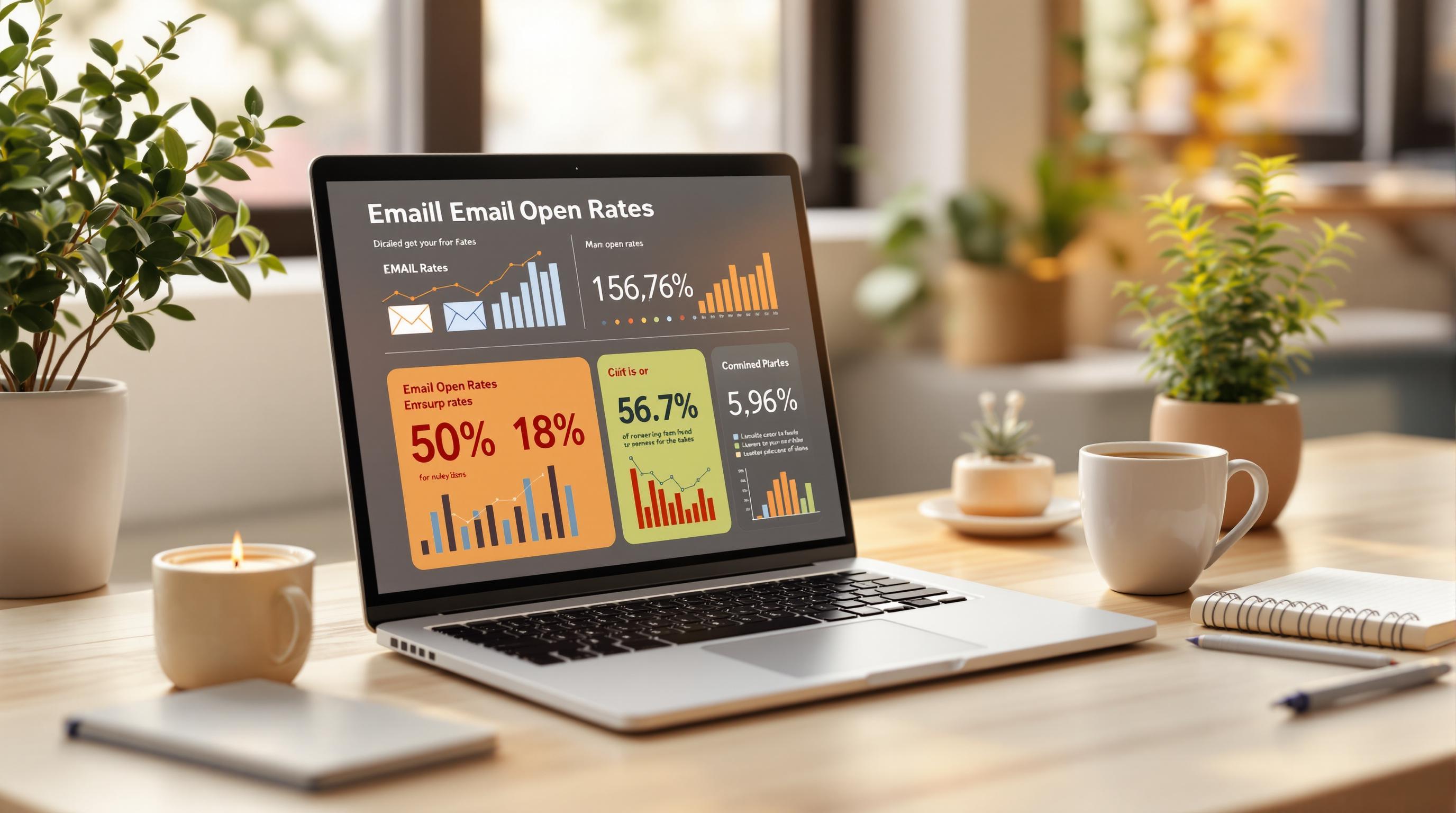Email extraction can supercharge your marketing, but it's not without headaches. Here's what you need to know:
- Data quality issues: Wrong, old, and duplicate emails can tank your campaigns
- Technical hurdles: Website protection systems and tricky code make extraction challenging
- Legal landmines: CAN-SPAM, GDPR, and CCPA rules must be followed
But don't worry - there are solutions:
- Use AI-powered tools for smarter extraction
- Regularly clean and verify your email lists
- Implement double opt-in to boost list quality
- Connect extraction tools with your CRM for seamless data flow
- Stay ethical and respect website scraping policies
Remember: Quality beats quantity every time. Focus on getting good emails, not just lots of them.
"Email scraping tools, when used ethically and legally, can supercharge your lead generation, streamline outreach, and help grow your business." - Laura Clayton, Email Marketing Expert
Related video from YouTube
Email Extraction Basics
Email extraction is a double-edged sword for businesses. It's a way to build contact lists fast, but it comes with its own set of headaches. Let's break it down.
What is Email Extraction?
Email extraction (or scraping) is like a digital vacuum cleaner. It sucks up email addresses from websites, social media, and business directories. The goal? To build a massive list of potential leads.
Here's a real-world example:
B2B companies often turn to Google Maps to find local business contacts. They use tools to pull thousands of email addresses in one go. It's quick, but is it effective? That's the million-dollar question.
How It Affects Marketing
Email extraction can shake up your marketing results - for better or worse.
On the plus side:
- You can build a huge contact list overnight.
- If you're smart about it, you can target niche audiences.
But there's a dark side:
- Your emails might fall flat if the addresses are junk.
- Spam complaints can tank your sender reputation.
Industry Headaches
Marketers and sales teams face some serious challenges with email extraction:
1. Garbage In, Garbage Out
Those "fast and easy" email scraping tools? They often serve up a buffet of stale, incorrect email addresses.
2. Legal Minefield
The CAN-SPAM Act is old news (literally - it's two decades old). This leaves businesses in a gray area when it comes to email privacy.
3. People Are Fed Up
"Consumer tolerance for invasive marketing tactics is growing thin." - The Email Marketers
People are getting wise to aggressive marketing. They're not having it.
4. Tech Hurdles
Websites are fighting back with anti-scraping measures. It's an arms race between scrapers and site owners.
5. Data Overload
Extracting emails is one thing. Managing and cleaning that data? That's a whole other beast.
To tackle these issues, businesses need to be smart. Quality trumps quantity every time. And a good data cleaning process is worth its weight in gold.
"Email scraping is a powerful tool to generate business leads. It can be beneficial as long as it is used with the wishes of the target website in mind and with the respect of any individual whose data is collected." - HackerNoon Author
The takeaway? Email extraction can be powerful, but it's not a free-for-all. Respect privacy, follow the rules, and use it wisely.
Data Quality Problems
Email extraction can be a powerful tool for building contact lists, but it comes with its fair share of challenges. Let's look at some common data quality issues that can derail your email marketing efforts.
Wrong and Old Email Addresses
You've just extracted thousands of email addresses. Feeling good? Hold that thought. A significant portion of those emails might be useless.
Rozina Hussain, Product Manager at a leading email verification service, says, "Each month, 2.1 percent of your email addresses decay." Your new list is already going stale.
Why? People change jobs, ditch old accounts, or make typos. A Career Builder survey found 21% of employees planned to leave their jobs in 2016. That's a lot of potential email changes.
How to spot the duds:
- Check the basics: Valid emails need an '@' symbol and at least one period.
- Hunt for typos: 'gmial.com' won't cut it.
- Verify domains: 'john@nonexistentcompany.com' is a dead end.
Consider using AbstractAPI's Free Email Validator to keep your list fresh. It checks emails in real-time or processes bulk uploads. It's cheaper to verify upfront than deal with bad data later.
Repeated and Unwanted Emails
Duplicate emails are like party crashers - they take up space without adding value. They can lead to embarrassing situations, like sending the same email to a contact multiple times.
Think about this: If your list has 20,000 names and 5% are duplicates or abandoned, your actual engagement is much lower than you think. That's not just a numbers game - it's wasted resources.
How to tackle this digital clutter:
- Use spreadsheet tools: In Excel, select your email column, go to the Data tab, and click 'Remove Duplicates'. In Google Sheets, use the UNIQUE function.
- Try programming: If you're tech-savvy, a simple Python script using a set can quickly eliminate duplicates.
- Use online tools: Websites like listcleaner.com or neverbounce.com can do the heavy lifting.
- Check your email marketing platform: Many services have built-in list cleaning features.
A clean list isn't just about removing duplicates. It's about keeping relevant, engaged contacts. Regularly audit your list to remove inactive subscribers. Your numbers might drop, but your engagement rates will improve.
sbb-itb-8abf799
Technical Problems
Email extraction can be tricky. Let's look at some common issues and how to handle them.
Website Protection Systems
Websites are getting better at guarding their data, including email addresses. Here's what you're up against:
CAPTCHAs: These puzzles make automated scraping tough. Google's reCAPTCHA v3 use jumped 40% across websites in March 2023, according to Datanyze. This makes large-scale email extraction harder.
Rate Limits: Many sites cap how many requests you can make. LinkedIn's API, for example, usually limits developers to 100,000 requests per day. Go over that, and you're blocked.
Legal Issues: It's not just the CAN-SPAM Act you need to watch out for. GDPR in Europe and CCPA in California have strict data collection rules.
How do you deal with these?
1. CAPTCHA Solving Services
Tools like CapMonster.cloud claim to solve 98% of text-based CAPTCHAs. But watch out - using these might break some sites' rules.
2. Handle Rate Limits
Use proxies or VPNs to spread out your requests. But don't go crazy. As web scraping expert Andrew Westcott says:
"Ethical scraping means respecting a site's implicit and explicit scraping policies."
3. Stay Legal
Always check a site's robots.txt file and terms of service before scraping. If you're not sure, ask first.
Website Code Issues
Even if you get past the protection systems, you'll face challenges with how emails are coded into websites.
Obfuscation: Sites use clever tricks to hide email addresses from bots. Cloudflare's Email Address Obfuscation service, for instance, blocked over 5 billion bot requests in Q4 2022.
JavaScript: Some sites load email addresses using JavaScript. Simple HTML scrapers won't find these.
Here's how to tackle these:
1. Advanced Parsing
Tools like Scrapy for Python can handle tough scraping jobs, including JavaScript rendering.
2. Pattern Recognition
Instead of looking for exact email formats, use regular expressions to find email-like patterns.
3. Browser Automation
Tools like Selenium can interact with web pages like a human, potentially getting around some obfuscation tricks.
The goal isn't to outsmart website owners. It's to find ethical ways to get the data you need. As economist Matthew W. Thomas, who uses web scraping for research, puts it:
"The most effective email extraction respects both the letter and spirit of a website's data sharing policies."
Modern Tools and Fixes
AI and advanced software are changing the game in email extraction. Let's dive into how these new tools are making things easier and more efficient.
AI Email Extraction
AI is shaking up how we grab and handle email data. It's not just faster - it's smarter and more on-point.
AI tools are getting scary good at guessing email patterns. Take GetEmail.io - they use AI to snag emails in seconds. Their system can predict email addresses based on patterns and data scraping. No more wasting time on manual searches.
AI web scrapers are also pros at dealing with tricky website setups. Unlike old-school scrapers that follow set rules, AI tools can roll with the punches and adapt on the fly.
Here's what William Orgertrice, a Data Engineer at Tuff City Records, has to say:
"AI web scraping tools were a game-changer for me. I could do more, faster. And the best part? No more manual data cleaning - AI takes care of that automatically."
But it's not just about speed. AI tools are also helping keep things legal. They can filter out personal info and focus on business emails, which helps avoid privacy headaches.
Software Connection Methods
As email extraction gets fancier, we need our tools to play nice with each other. Here's how modern software is making that happen:
APIs: The Glue That Holds It All Together
APIs are the secret sauce of modern email extraction. They let different software systems share data smoothly. ScraperAPI, for example, lets you schedule web scraping projects and get data in JSON format. This makes it a breeze to use with other business tools.
CRM Sync: Keeping Sales Teams in the Loop
Many email extraction tools now hook right into CRM systems. Kaspr, for instance, lets you export scraped email data straight to your CRM or sales tool with one click. This means sales teams always have the latest contact info at their fingertips.
Automated Workflows: Set It and Forget It
When you're dealing with tons of email data, automation is key. Tools like Dripify take it a step further. They don't just grab emails - they set up automated outreach campaigns on platforms like LinkedIn. This combo of extraction and outreach makes lead generation a whole lot smoother.
Cloud Solutions: Data Anywhere, Anytime
Cloud tech is making it easier to handle big chunks of data. Services like Clearout offer cloud-based email extraction and verification. This means teams can work together on cleaning and managing data from anywhere in the world.
Keeping Email Data Clean
Clean email lists are key for successful marketing campaigns. Let's look at how to keep your extracted emails accurate and useful.
Email Checking Steps
It's not just about removing bad addresses. It's about building a list that actually engages with your content. Here's how:
1. Double Opt-in: Your First Defense
When someone signs up, make them confirm their email. It's simple but powerful.
Here's a shocking fact: over half of email senders don't use double opt-in. Don't be one of them. This easy step can seriously boost your list quality from day one.
2. Clean Your List Regularly
Set a cleaning schedule. Aim for at least twice a year. When you clean:
- Kick out hard bounces right away
- Find and remove spam traps
- Fix any syntax errors
As the Email on Acid Team says: "It takes work, but clean lists are worth it for better deliverability."
3. Use Tools to Verify Emails
Automate your cleaning with verification tools. Some can spot:
- Invalid addresses
- Disposable emails
- Spam traps
- Generic accounts (like info@ or sales@)
4. Watch Who's Actually Engaging
Keep tabs on who's interacting with your emails. Define what "disengaged" means to you (maybe not opening emails for three months?). Then, try to win these folks back with a special campaign.
Making Your Systems Better
Better systems mean better data and smoother processes. Try these:
1. Validate Emails in Real-Time
Check emails as soon as you get them. This stops bad emails from ever getting in. Some tools can do this with 98%+ accuracy.
2. Connect with Your CRM
Link your email tools directly to your CRM. This way, clean emails automatically sync with your customer database. Less manual work, fewer mistakes.
3. Have a "Sunset" Plan
Gradually phase out subscribers who aren't engaging. You might:
- Send fewer emails to less active users
- Try one last "We miss you" email
- Automatically remove folks who haven't engaged in 6-12 months
4. Use AI for Smarter Extraction
AI-powered tools can make email extraction smarter. They can:
- Guess email patterns based on how companies usually structure them
- Adapt to different website layouts for better scraping
- Focus on business emails, not personal ones
Conclusion
Email extraction can boost your marketing, but it's not without its hurdles. By tackling common issues head-on, you can seriously up your email game.
Here's the deal: quality beats quantity, hands down. It's not about scraping more, it's about scraping smart. As Laura Clayton, an Email Marketing Expert, puts it:
"Email scraping tools, when used ethically and legally, can supercharge your lead generation, streamline outreach, and help grow your business."
To nail email extraction:
Pick solid tools. Go for AI-powered options that serve up fresh, verified emails. Some can even predict email patterns in seconds.
Keep your list clean. Regularly audit and scrub those emails. Use double opt-in and verification tools. Don't be like the 50%+ of senders who skip double opt-in.
Play by the rules. Respect GDPR, CAN-SPAM, and other data laws. Ethical scraping isn't just nice - it keeps you out of legal hot water.
Connect and automate. Link your extraction tools with your CRM and marketing platforms. This keeps your sales team armed with the latest contact info.
Watch and tweak. Keep an eye on those email metrics. Regularly fine-tune your automation to match your evolving business needs and what your customers want.



